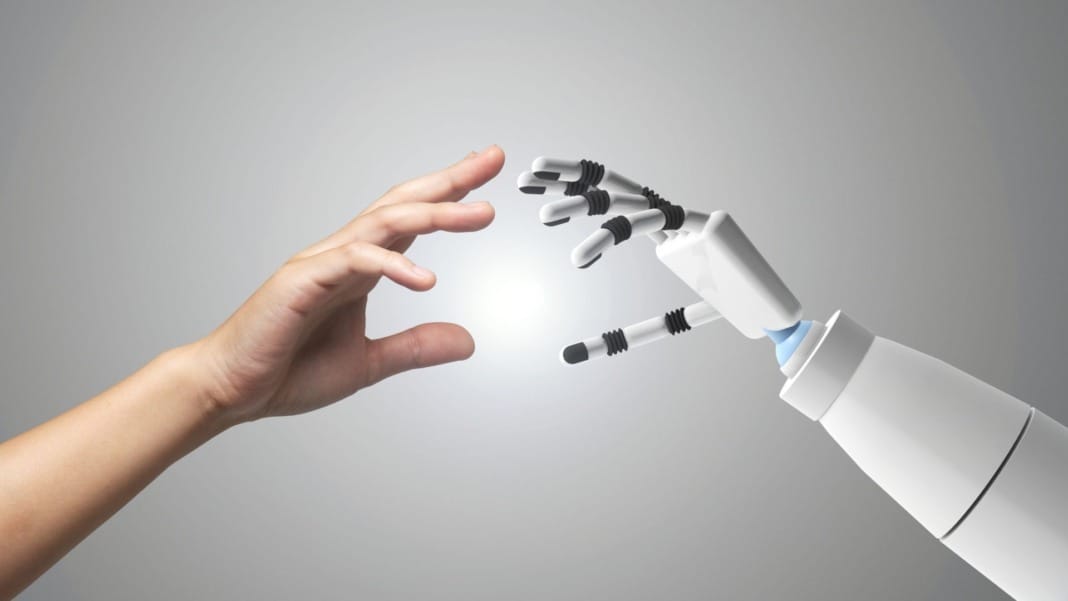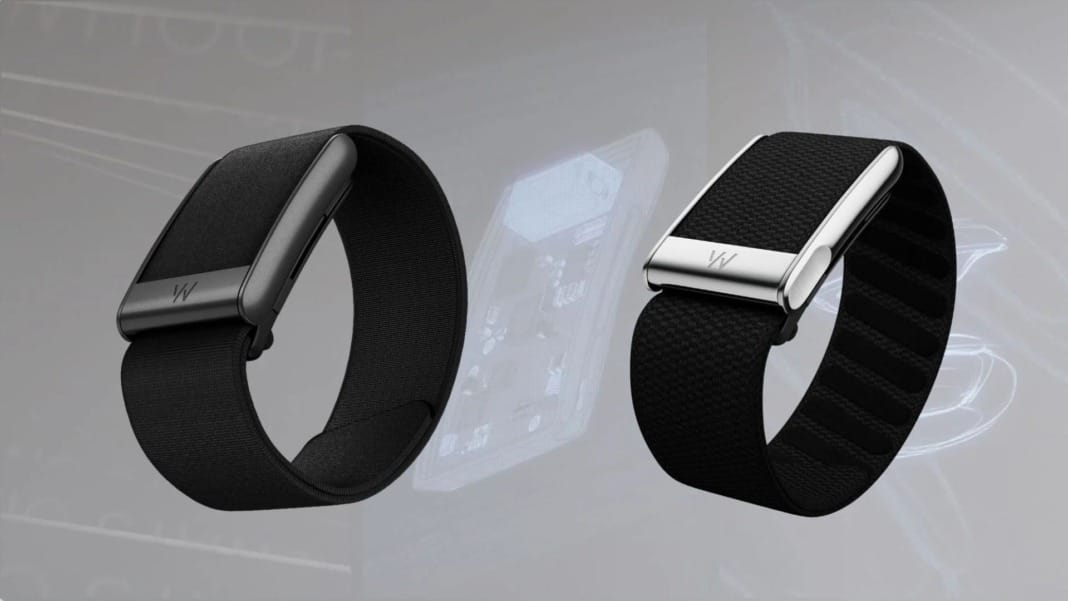If you’ve ever found it challenging to connect with a robot, you’re not alone. A 19-year-old robotics enthusiast, Teddy Warner believes he’s found a solution. Warner has been immersed in the world of machines for as long as he can remember. Growing up in a machinist shop during his school years, he’s now channelling that lifelong interest into his startup, Intempus. His mission? To make robots seem more human — not by giving them faces or voices, but by changing how they move and react.
Warner’s company, Intempus, uses movement to give robots human-like emotional responses. Instead of building new machines, the technology can be added to existing robots. This means they can express emotions like joy or stress in ways that feel more natural to people, all through subtle physical cues.
“Our brains are wired to pick up on movement,” Warner explained, “We get most of our emotional cues from how someone moves, not just their facial expressions or words.” That’s not just true for people — it’s the same reason we can often understand how a dog or cat feels just by watching their body language.
Where the idea came from
Warner first had the idea while working at Midjourney, an AI research lab. There, he noticed a major gap in how artificial intelligence systems understood the world. These AI models were being trained using data from robots that lacked emotional or physical awareness—essentially, they were skipping a crucial step in how living creatures operate.
He described it as robots jumping straight from “observation” to “action,” missing the middle step — what he calls the “physiological state.” Unlike robots, humans and animals experience internal states like stress or calm before making decisions. Warner believes that if we want robots to understand and interact with humans more effectively, they need this same middle step.
To test his theory, Warner began by studying fMRI brain scans, which show changes in blood flow. But this approach didn’t produce the results he hoped for. A breakthrough came when a friend suggested he try a polygraph — commonly known as a lie detector. The polygraph tracks things like sweat levels, and that turned out to be the key.
“I was shocked at how fast it worked,” Warner said. “Just by measuring sweat data from me and a few friends, I was able to train a model that lets robots have an emotional profile based on that data.”
From there, he expanded into other kinds of physical data: body temperature, heart rate, and even blood volume changes in the skin. These signals helped build a more complete picture of emotional states that could be applied to robotic movement.
What’s next for Intempus
Intempus officially launched in September 2024. For the first four months, Warner focused only on research. In recent months, he’s shifted to development and customer outreach. So far, he’s already secured partnerships with seven enterprise robotics companies interested in using the technology.
The company is also part of the prestigious Thiel Fellowship programme, which offers US$200,000 over two years to young founders willing to leave formal education and build their businesses full-time.
Until now, Warner has done everything on his own. But that’s about to change. He’s planning to hire his first team members and begin testing the robots in real-world settings. While Intempus is currently focused on retrofitting existing robots with emotional capabilities, Warner hasn’t ruled out designing and building entirely new ones in the future.
“I want someone to walk into a room, look at a robot, and instantly feel that it’s joyful,” he said. “If I can create that emotional connection through movement, I’ll know I’ve done it right. And I believe I can prove that in the next four to six months.”





